August 31, 2025 | 12:34 GMT +7
August 31, 2025 | 12:34 GMT +7
Hotline: 0913.378.918
August 31, 2025 | 12:34 GMT +7
Hotline: 0913.378.918
During their inspection of plant diversity in the northern caves, Associate Professor Dr. Do Van Truong and his colleagues from Vietnam National Museum of Nature and Vietnam Academy of Science and Technology discovered and described 3 new plant species to the world science (Bredia bullata, Microchiriata minor, Primulina crassifolia) and added 6 species to plant system of Vietnam (including Aristolochia austroyunnanensis, Brandisia kwangsiensis, Euchresta tubulosa, Henckelia nanxiensis, Primulina jingxiensis, Spiradiclis baishaiensis).
Scientists collected plant specimens from 33 caves across 8 provinces in Northern Vietnam: Ha Giang, Tuyen Quang, Cao Bang, Lang Son, Hoa Binh, Son La, Ninh Binh, and Thanh Hoa.

Some newly discovered and additional species for the cave flora of Vietnam. Photo: Research Team.
The research team identified 337 species belonging to 142 genera and 63 families of cave-dwelling plants in Northern Vietnam. Among these, the group of ferns (Pteridophytes) includes 53 species (accounting for 15.73%), and the group of flowering plants (Angiospermae) includes 284 species (accounting for 84.27%).
The research also identified 221 species with practical uses, such as ornamental plants, medicinal plants, wood and fuel sources, and food. Notably, 40 species possess rare genetic resources. Following the discovery, the research team developed a morphological and ecological database for 337 plant species and a molecular database for 25 endemic or newly discovered and described endemic cave-dwelling plant species in Vietnam.
Associate Professor Truong stated that 25 cave-dwelling plant species in Northern Vietnam have been included in the Red List, with 4 species listed in the Vietnam Red Data Book. The scientists have initially assessed the endangered status and current conservation status of the newly discovered plant species in the caves of Vietnam.

Associate Professor Dr. Do Van Truong (left) and colleagues conducting field surveys in the caves of Northern Vietnam. Photo: Research Team.
The cave system in Vietnam holds unique biological values. Assessing the diversity of cave-dwelling plants provides a scientific foundation for developing conservation programs and sustainably managing the genetic resources of rare, endemic, and valuable plant species. This contributes to socioeconomic development and the restoration of forest ecosystems on limestone mountains in Vietnam.
Associate Professor Dr. Truong and the research team will continue to investigate the plant species composition in the limestone caves of Central Vietnam. He emphasized that researching and conserving endemic and rare plant species in limestone areas and caves is crucial for utilizing unique genetic resources. This serves as a basis for restoring cave landscapes, which supports conservation efforts and tourism development.
Translated by Linh Linh
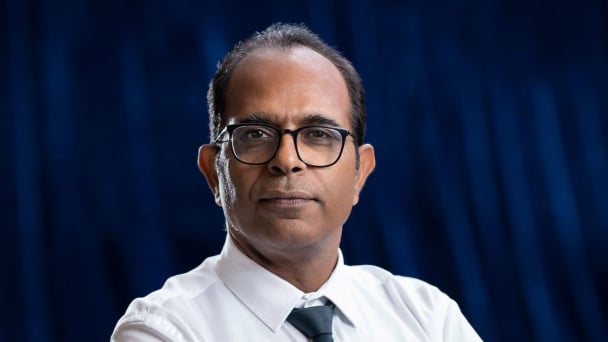
(VAN) Vinod Ahuja, FAO Representative in Viet Nam, affirms that Vietnam's success lies not only in its abundant national reserves but also in increasingly diversified value chains and enhanced competitiveness.
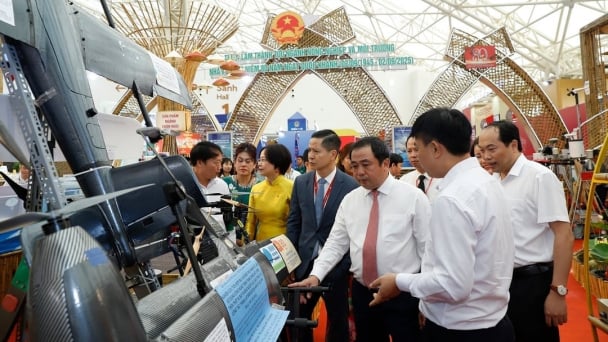
(VAN) Vietnamese engineers have mastered technology, successfully manufacturing an automatic system for environmental agricultural monitoring and measurement, aiming at the dream of 'robotization'.

(VAN) Reducing fishing, increasing aquaculture and conserving the sea open an inevitable path that both ensures livelihoods and preserves the blue sea, bringing Vietnam's seafood to the global stage.
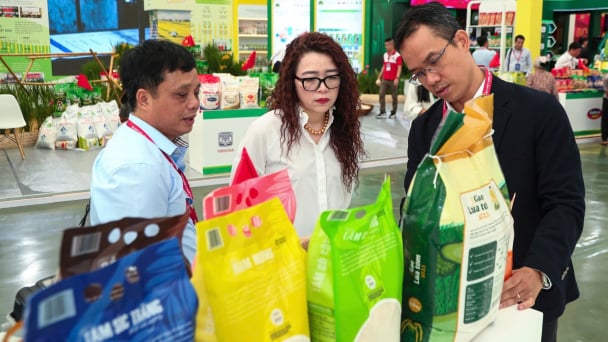
(VAN) Over the past 80 years, the food sector has walked alongside the nation, from shared jars of rice during the resistance to ships carrying Vietnamese rice brands across the five continents.
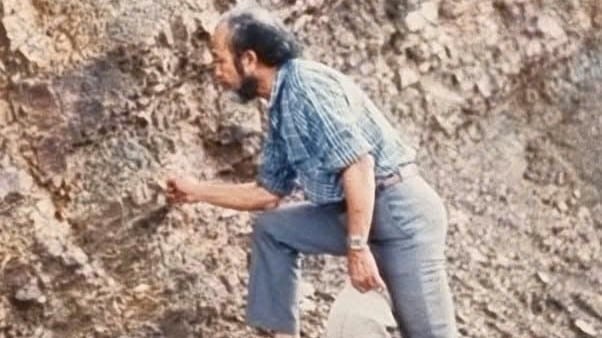
(VAN) Vietnam’s geology sector has marked its presence through achievements in mineral surveying and exploration, affirming the country’s resource potential and contributing to sustainable development.

(VAN) The Viet Nam Institute of Meteorology, Hydrology and Climate Change Director shares insights on 80 years of the sector’s achievements, its role in disaster forecasting, and messages for the younger generation.
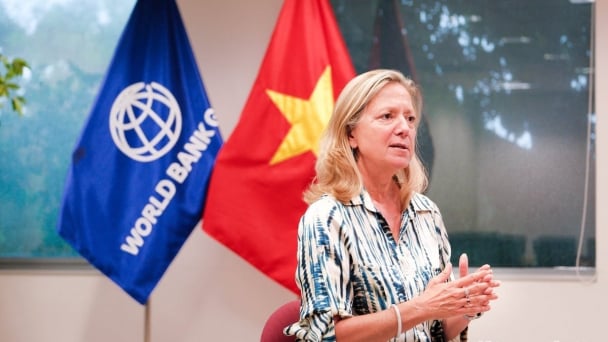
(VAN) VAN News cordially introduces the message from Mariam J. Sherman - World Bank Division Director for Viet Nam, Cambodia and Laos - about the Viet Nam's 80-year journey of development.